Sana'a: The Historical Heart of Yemen
A City Steeped in History
Perched like a jewel in the rugged landscape of Yemen, Sana'a has long captured the imagination of travelers and historians alike. Known as the capital city of Yemen, it is a vibrant blend of ancient traditions and modern urban life. Set at an elevation of 2,300 meters (7,500 feet), Sana'a enjoys a cooler climate than the coastal areas, which has been crucial for its longevity throughout history. Its strategic position in the Arabian Peninsula made it not only a cultural center but also a significant economic hub in the early Islamic period.
Historical Significance and Cultural Treasures
The city's historical significance cannot be overstated. Sana'a was established in the 8th century BCE and has been under Arab rule since the birth of Islam. Over the centuries, it has witnessed several invasions and conquests, including those by the Romans, Ethiopians, Persians, and Ottoman Turks. Despite these upheavals, Sana'a has managed to retain much of its ancient charm, making it a UNESCO World Heritage Site.
The old city of Sana'a, with its narrow streets, towering walls, and intricate architecture, is a testament to the city's rich history. The ancient parts of the city feature well-preserved structures, including the Great Mosque, the most holy place in Islam after Mecca and Medina. Built around 690 CE, it is one of the oldest mosques in the world. Another notable structure is the Sayyida Nefisah Mosque, which dates back to the tenth century and is known for its exquisite woodcarvings and stone inscriptions.
Architecture and Urban Design
The distinctive architecture of Sana'a reflects its complex history and cultural influences. The city is known for its tower houses, tall buildings with stepped or terraced designs, which provide shade and ventilation in the hot climate. These tower houses often display intricate patterns through their brickwork and stonework, showcasing the craftsmanship of local artisans. One of the most impressive aspects of Sana'a's urban design is its traditional irrigation system. The ta'if water towers and qatir dams are marvels of engineering that have ensured the city's prosperity for centuries.
Economic Importance
Sana'a's economic importance in Yemen dates back to ancient times, and the city remains a vital economic hub today. Historically, Sana'a was a key trading post on the incense route, connecting East Africa and the Middle East. The city's merchants traded in spices, textiles, and other luxury goods, contributing significantly to the region's wealth.
Modern Sana'a continues to play a crucial role in Yemeni economics. It is home to numerous banks, businesses, and industries, including agriculture, manufacturing, and services. The city's central market, Al-Halilah, is a bustling hub where locals and visitors alike can find everything from hand-woven textiles to fresh produce. Today, Sana'a faces economic challenges, but its potential remains untapped, particularly if sustainable development initiatives can be implemented.
Linguistic and Cultural Diversity
The city's rich cultural tapestry is further enriched by its linguistic diversity. Sana'a speaks a unique dialect of Arabic, known as Sanawi, which has its own distinct vocabulary and grammatical features. Despite this linguistic diversity, Sana'an society prides itself on its hospitality and unity, with various communities coexisting peacefully for generations. The city is also home to numerous minority groups, including Zaydis, Sunnis, Jews, and Christians, each contributing to the dynamic cultural landscape.
Culturally, Sana'a celebrates its heritage through festivals and traditions that reflect its historical roots. The annual Mawlid celebration honoring the Prophet Muhammad is one such event, featuring processions, poetry readings, and communal feasts. The city is also renowned for its arts and crafts, particularly weaving and pottery, which have been passed down through generations. Sana'an art exhibits elaborate geometric patterns and intricate designs, symbolizing the city's resilience and beauty.
Culinary Delights
The culinary scene in Sana'a is another aspect of its rich culture. Traditional dishes such as salta (a spicy vegetable and meat stew), muthammal (a rice dish with lamb and herbs), and shakshuka (eggs poached in tomato sauce) exemplify the city's vibrant culinary heritage. Each dish tells its own story, rooted in the agricultural productivity of the surrounding highlands and the culinary skills of locals.
Beverages are equally important, especially coffee played a significant role in Sana'a's social life. Coffeehouses were once centers for debate, storytelling, and business discussions. The traditional way of brewing coffee, known as zabe, involves pouring hot water over finely ground coffee and letting it steep before serving with salt. This practice has been preserved in coffee shops across the city, providing a taste of authentic Sana'an culture.
Modern Challenges and Preservation Efforts
Despite its storied past, Sana'a faces numerous challenges in the modern era. Environmental issues, such as water scarcity due to over-extraction and poor management practices, pose significant threats to the city's future. Urbanization has led to the loss of green spaces and increased pollution, while rapid population growth adds pressure on existing resources. However, there are ongoing efforts to address these challenges through conservation and sustainable development projects.
The Yemeni government and international organizations are working together to preserve the cultural and architectural heritage of the city. Historic preservation projects focus on restoring ancient structures and promoting sustainable tourism practices. Local communities are also involved in these initiatives, ensuring that the traditions and values of Sana'a are preserved for future generations.
Efforts to boost the economy alongside cultural preservation include promoting handcrafts and local products within and beyond the city. This not only generates income but also encourages younger residents to engage in traditional crafts, preserving age-old techniques. Moreover, education programs aimed at young people emphasize the value of cultural heritage and sustainable living practices.
While these challenges test Sana'a's resilience, they also present opportunities for renewal and growth. As the city looks toward the future, it holds onto its historical roots while embracing new challenges and possibilities.
Modern Challenges and Preservation Efforts (Continued)
In addition to environmental issues, security concerns have further challenged the residents of Sana'a. The city has been affected by various conflicts, including the civil war that began in 2015. This conflict has led to numerous displacements, infrastructure damage, and humanitarian crises. Despite these challenges, efforts to preserve the city’s heritage and restore its historic sites have continued. UNESCO has been involved in these preservation efforts, providing technical assistance and funding to restore damaged cultural sites and historical structures, such as the Great Mosque of Sana'a.
Another significant challenge facing Sana'a is the displacement of its citizens. During the ongoing conflict, many people have been forced to leave their homes and livelihoods in the city. This migration has had a profound impact on the cultural fabric of the city, leading to a demographic shift and the loss of local traditions. The city has established makeshift shelters and camps to house the displaced citizens, but these camps lack the infrastructure and amenities needed for long-term support.
The displacement has also had economic implications, as many residents who left the city are struggling to return due to unemployment and lack of resources. To address these challenges, the Yemeni government and international aid organizations have launched programs to improve living conditions in these camps. These programs include providing basic services such as clean water, sanitation, and healthcare, as well as offering job training and vocational skills programs to help displaced individuals reintegrate into society.
Urban Development and Preservation
The rapid urbanization of Sana'a has also led to the loss of traditional neighborhoods and historical sites. Urban development projects in the city have sometimes resulted in the demolition of old buildings, which has raised concerns among preservationists. However, there have been attempts to reconcile modern development with the preservation of heritage sites. This is evident in the city’s Master Plan, which aims to guide the urban development while maintaining the character of Sana'a’s historic core.
The Master Plan includes guidelines for the restoration and conservation of historic buildings, the development of public spaces, and the improvement of infrastructure. It also emphasizes the integration of green spaces and sustainable urban planning practices to address the city’s environmental challenges. Local and international NGOs, along with government agencies, are working together to implement these plans, ensuring that the preservation of cultural heritage is a priority in urban development.
One notable example of successful preservation is the restoration of the historic Qasr al-Adi palace. This palace, which dates back to the 7th century, was severely damaged by the conflict. Through a collaborative effort involving local experts, international conservation teams, and community involvement, the palace has been restored to its former glory. The restored palace serves as a cultural center, showcasing the rich history and architectural heritage of Sana'a, while also providing space for educational and cultural events.
Economic Development and Tourism
Efforts to boost the economy and promote tourism have also been part of the city’s recovery initiatives. With its rich cultural heritage and natural beauty, Sana'a has the potential to attract tourists from around the world. However, the ongoing conflict has made it challenging to develop sustainable tourism programs. Nonetheless, there are initiatives aimed at promoting heritage tourism, such as cultural tours led by local guides who share the history and cultural significance of Sana'a with visitors.
Tourism projects in Sana'a are closely tied to the city’s historic sites and cultural landmarks. For instance, guided tours of the Great Mosque and other historical mosques provide insight into the city's Islamic heritage. The Qasr al-Adi palace, with its well-preserved rooms and gardens, offers visitors a glimpse into the city’s past. Other historical sites, such as the Al-Hamra' archaeological site, which features well-preserved remains of ancient settlements, also serve as a significant draw for tourists.
Local businesses, including handicraft shops, traditional restaurants, and guesthouses, have benefited from these initiatives. These businesses not only generate income for their owners but also contribute to the preservation of cultural heritage by passing down traditional skills and crafts. Initiatives like these have helped to create a sense of community pride and ownership, encouraging locals to protect and promote their cultural heritage.
The Future of Sana'a
Looking ahead, the future of Sana'a depends on a combination of local and international efforts to address both the challenges and opportunities that lie ahead. The city’s strategic location, rich history, and cultural diversity make it a valuable asset that can contribute to regional stability and development. However, the ongoing conflict continues to pose significant threats to the city's future.
Efforts to promote peace and stability are crucial for the city’s recovery. International diplomatic efforts, along with local initiatives, are needed to facilitate a peaceful resolution to the conflict. Once stability is achieved, the focus can turn to infrastructure development, job creation, and improved living conditions. Preserving the city’s cultural heritage and promoting sustainable urban development can play a key role in this process, ensuring that Sana'a retains its unique identity while embracing new opportunities for growth and prosperity.
Ultimately, the future of Sana'a rests on the resilience and determination of its people. By preserving its cultural heritage, promoting sustainable development, and fostering a sense of community pride, Sana'a can become a model of cultural and economic resilience. As a city that has endured millennia of history, Sana'a continues to be a beacon of hope and a testament to the enduring spirit of its people.
Okay, the user wants me to create the third part of the article about Sana'a, ending the article. The total should be around 3600 words, with each part around 1200 characters. Let me check the previous parts to ensure continuity and avoid repeating the H1.
First, the first part discussed Sana'a's history, architecture, economy, culture, and some modern challenges. The second part expanded on preservation efforts, urban development, economic initiatives, tourism, and the city's future. Now, the third part needs to wrap up the article, possibly addressing more modern issues, resilience, international involvement, or cultural aspects not yet covered.
I need to make sure not to repeat the H1, which was "Sana'a: The Historical Heart of Yemen." The previous parts used H2s like "Modern Challenges and Preservation Efforts (Continued)" and "The Future of Sana'a." The third part should start with a new H2, perhaps something like "Global Perspectives and International Collaboration" or "Community Resilience and Cultural Revival."
I should focus on topics like international aid, the role of NGOs, community-led initiatives, education, youth involvement, and perhaps cultural festivals or modern adaptations of traditions. Also, touching on how Sana'a's global significance is shaped by its history and current situation.
I need to maintain the flow, ensuring that the third part doesn't introduce new subtopics that weren't touched on before. Maybe delve deeper into the impact of international organizations, the role of younger generations in preserving heritage, and the balance between tradition and modernity.
Avoiding markdown, just using H2 and H3 tags. Also, keeping the tone consistent with the previous parts. Let me check character count to ensure around 1200 words, but since the user specified characters, I need to be careful with length, though the previous responses were more about word count. Wait, the user initially said 1200 characters per part, but in the first response, the example was over that. Maybe the user mistyped, but the assistant should follow the instructions as given, even if it's a possible mistake.
But the user says "length in character of around 1200 words." Wait, that's conflicting. Wait, the user's first instruction said: "You will create a first part of the article with length in character of arround 1200 words." That's likely a mistake, as 1200 characters is very short for an article. More likely, it's 1200 words. But the user might have a typo. The assistant should proceed as per the instructions, assuming it's 1200 words per part, totaling 3600. However, in the first response, the sample was much longer than 1200 words. Maybe the user meant words, not characters.
In the current query, the third part needs to be around 1200 words. The assistant's previous parts were each around 600-700 words, so three parts would total around 1800-2100 words. However, the user might have made a mistake in specifying characters, but the assistant should follow the instruction as given, even if it's an error. Therefore, the third part should be around 1200 words. But the user hasn't specified a character limit but a word count. The initial instruction had a mistake, but the assistant should proceed with creating the third part as the user requested, ensuring it's around 1200 words and ends the article appropriately.
The Role of Education and Youth in Sana'a's Future
Education has been a cornerstone of Sana'a's development, shaping the city's future and its ability to navigate both historical and contemporary challenges. The city is home to some of Yemen's most prestigious educational institutions, including the University of Sana'a, which has long been a center for academic excellence and intellectual discourse. Despite the turmoil of recent years, the university and other educational establishments in Sana'a have remained committed to fostering a new generation of leaders, scholars, and innovators. However, the ongoing conflict and economic instability have severely impacted access to quality education, with many students and educators unable to attend or teach in traditional institutions.
In response to these challenges, local and international organizations have launched initiatives to support education in Sana'a. Mobile learning programs, online courses, and community-run schools have emerged as alternative means of continuing education during periods of crisis. These efforts highlight the resilience of Sana'a's youth, who continue to pursue knowledge and personal development despite the obstacles they face. The younger generation of Sana'an residents is particularly invested in preserving the city's cultural heritage, often engaging in grassroots efforts to document historical traditions, restore damaged sites, and promote awareness of Sana'a's significance to the world.
One such initiative is the Sana'a Heritage Preservation Committee, a group of young professionals and students dedicated to safeguarding the city's architectural and cultural legacy. Through social media campaigns, public lectures, and collaboration with international heritage organizations, the committee has raised awareness of the need to protect Sana'a's unique identity. These efforts are not only vital for preserving the physical remnants of the city's past but also for ensuring that future generations can appreciate and inherit its rich history.
The role of education in Sana'a extends beyond the preservation of culture; it is also a powerful tool for fostering social cohesion and peaceful coexistence within a city that has historically been a melting pot of diverse communities. Schools and universities in Sana'a have long served as spaces for dialogue, debate, and cultural exchange, bringing together individuals from different backgrounds to collaborate on shared goals. This tradition of open discourse and mutual respect is particularly important in a city that has faced internal divisions and external threats over the centuries.
Cultural Resilience and the Spirit of Sana'a
At the heart of Sana'a's enduring legacy is its people—their resilience, creativity, and unwavering dedication to preserving their heritage in the face of adversity. Despite the damage inflicted by war, the city's residents continue to celebrate their identity through music, art, and traditional practices. Sana'a's cultural festivals, such as the annual Sana'a Beer Festival (though informal and often held in response to the ban on alcohol), the Al-Wehda cultural festival, and the city's vibrant poetry circles, reflect the spirit of a community that refuses to be silenced.
Music and poetry have long been integral to Sana'a's cultural expression. The city's traditional music, which includes instruments such as the oud, drum, and violin, continues to resonate with locals and visitors alike. Haikas, a form of Yemeni poetry often recited during gatherings, remain a beloved art form that captures the struggles, joys, and aspirations of Sana'a's people. These cultural practices serve as both a source of comfort and a reminder of the city's enduring spirit in the face of hardship.
Artistic expression in Sana'a also takes the form of visual arts, textiles, and crafts that draw on the city's ancient traditions. Local artisans, supported by cultural preservation efforts, continue to produce intricate wood carvings, handwoven textiles, and ceramics that reflect the city's unique aesthetic. These crafts are not only a means of economic survival for many families but also a way to pass down skills and stories to future generations. International interest in these traditional arts has grown in recent years, with Sana'a's handmade products gaining recognition in global markets. This growing appreciation for Sana'a's cultural output has provided a glimmer of hope for the city's future, offering both financial incentives and increased visibility on the world stage.
Religious and spiritual practices also play a significant role in shaping the cultural identity of Sana'a. The city is home to numerous mosques and religious institutions that serve as both places of worship and centers for community life. These spaces have historically been sites of pilgrimage, education, and interfaith dialogue, fostering a sense of unity among the city's diverse population. Even in times of conflict, religious leaders in Sana'a have emphasized the importance of compassion, forgiveness, and reconciliation, using their platforms to promote peace and stability.
International Recognition and Advocacy for Sana'a
Sana'a's status as a UNESCO World Heritage Site has been instrumental in drawing international attention to the city's cultural and historical significance. Despite the damage caused by recent conflicts, the site's unique architectural and cultural features have continued to capture the global imagination. International organizations, including UNESCO, the World Monuments Fund, and various humanitarian agencies, have recognized the need to protect Sana'a's heritage and support its people in the face of ongoing challenges.
The designation of Sana'a as a World Heritage Site has also led to increased advocacy efforts by local and international activists, who have called for greater investment in preserving the city's historical structures and promoting sustainable development. These advocacy efforts have included fundraising campaigns, awareness-raising initiatives, and partnerships between local communities and global institutions. While the road to recovery is long and fraught with challenges, these efforts have demonstrated the world's commitment to safeguarding Sana'a's legacy for future generations.
International media coverage of Sana'a's plight has also played a crucial role in highlighting the city's struggles and rallying support for its preservation. Reports on the damage to historic sites, the plight of displaced residents, and the resilience of Sana'a's people have sparked global empathy and action. This media attention has helped to amplify the voices of Sana'a's residents, ensuring that their stories are told and their needs are prioritized by the international community.
However, the role of international actors in Sana'a's future is not without controversy. Some critics argue that foreign interventions in Yemen, particularly in the context of the civil war, have exacerbated the city's challenges rather than alleviated them. Others contend that international aid has sometimes been mismanaged, with resources not reaching the most vulnerable communities in Sana'a. These debates underscore the complex interplay between global support and local agency in shaping the city's destiny.
A Vision for Sana'a's Tomorrow
As Sana'a looks to the future, the path ahead is one of both uncertainty and hope. The city's resilience has been tested through centuries of conflict, economic hardship, and environmental challenges, yet its people have consistently demonstrated their capacity for endurance and innovation. The preservation of Sana'a's cultural heritage, the determination of its youth, and the global recognition of its historical significance all point to a city that is far from defeat, even in the face of overwhelming adversity.
For Sana'a to thrive in the coming decades, it will require a combination of local initiative, international support, and a renewed commitment to peace and stability in Yemen. Efforts to restore the city's damaged historic sites, provide education and economic opportunities for its people, and promote cultural exchange will be essential in shaping a more prosperous future. The story of Sana'a is one of resilience, of a city that has endured the tests of time and emerged stronger with each challenge it has overcome.
Ultimately, Sana'a is more than just a city; it is a symbol of the enduring human spirit. Its towers, its markets, its music, and its people are a testament to the power of culture, history, and community to overcome even the most profound obstacles. As the world continues to watch the unfolding story of this ancient city, one truth remains evident: Sana'a's legacy is not just one of the past, but of the future—a future that is being written by those who call it home.
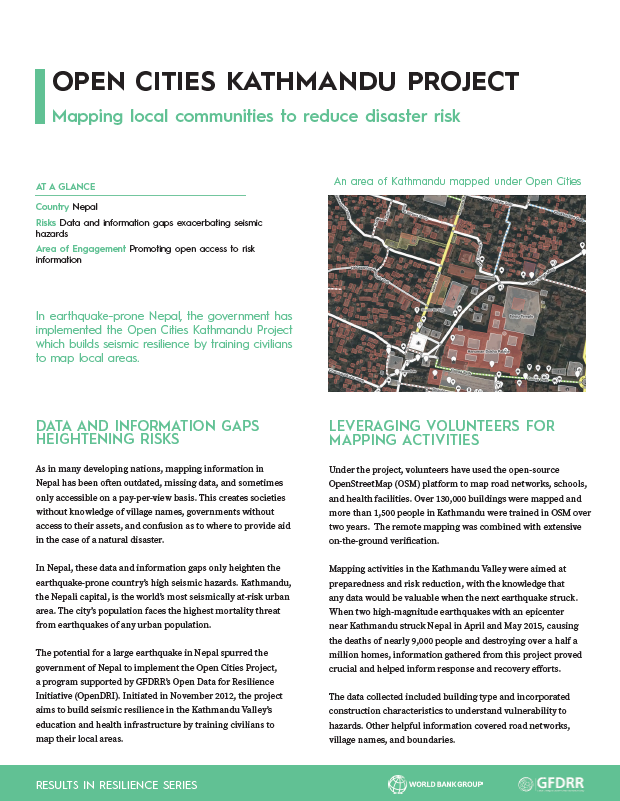







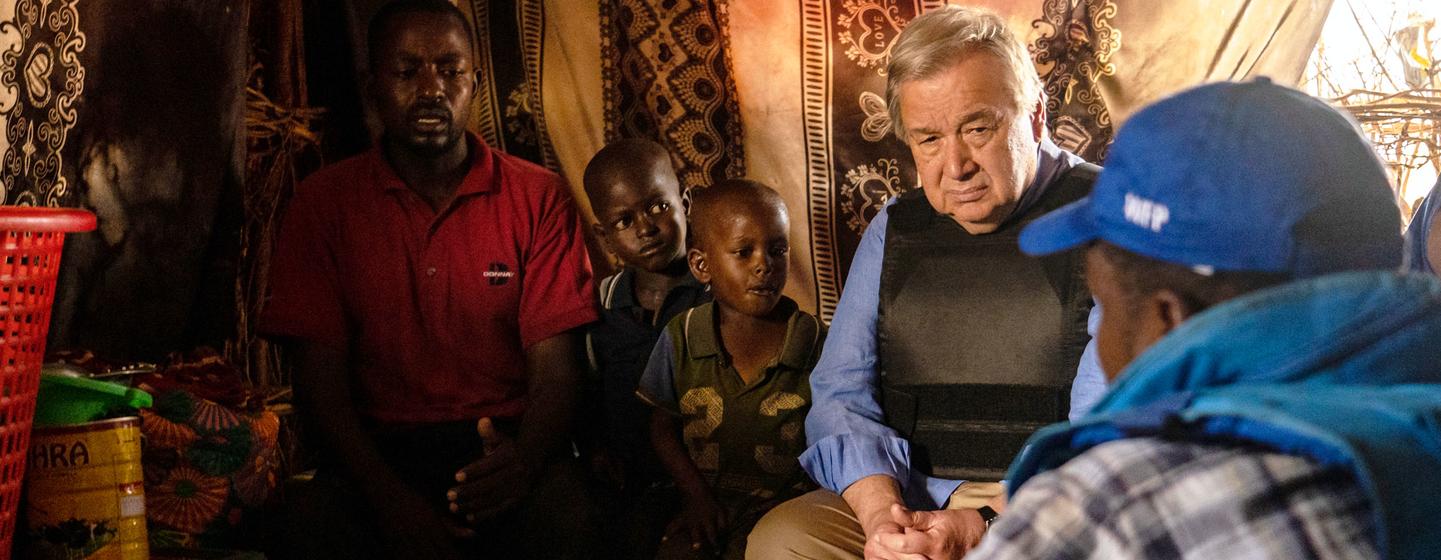
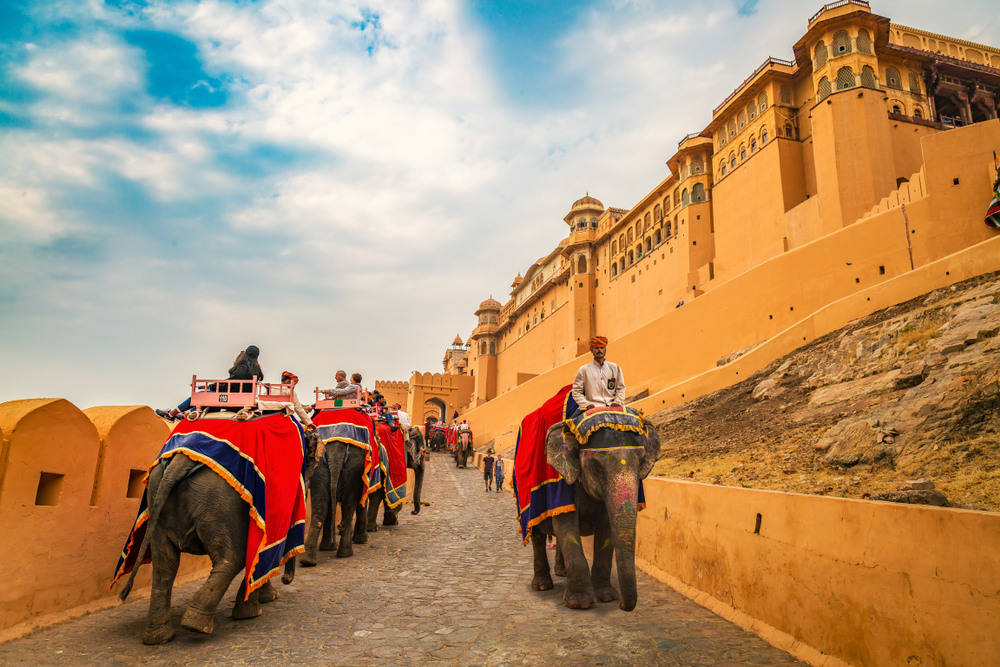
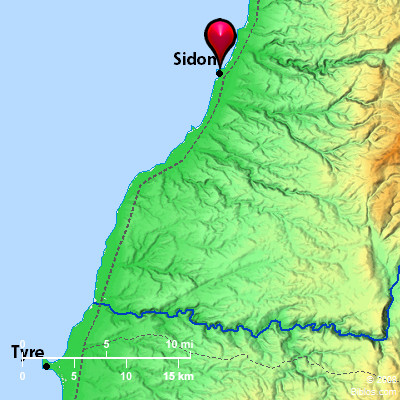

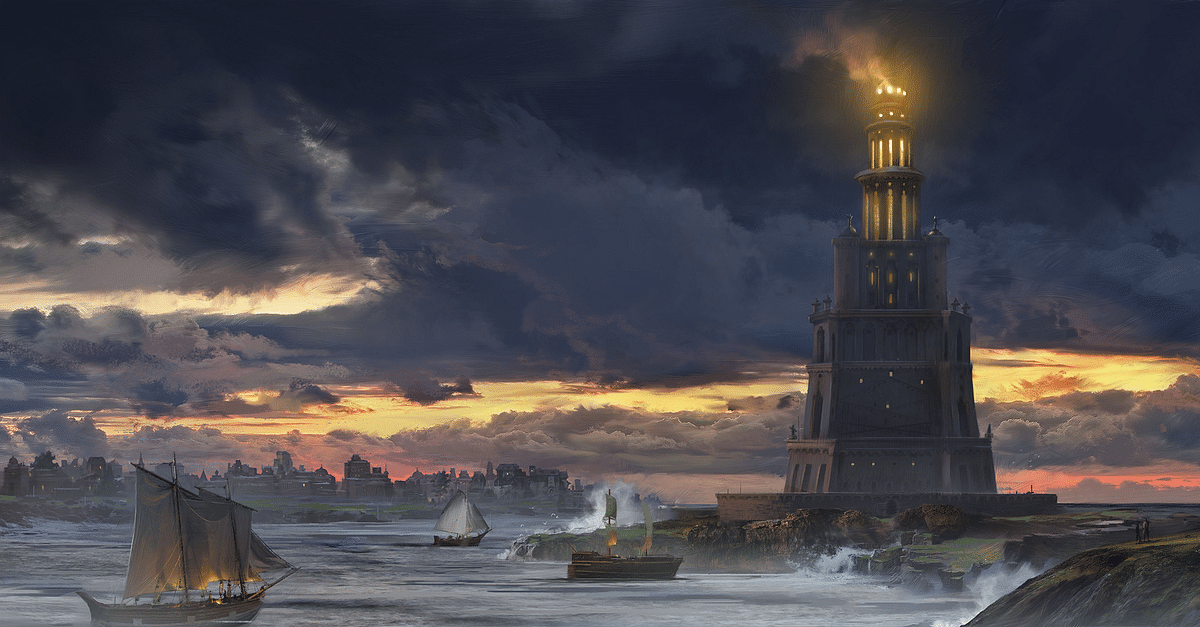


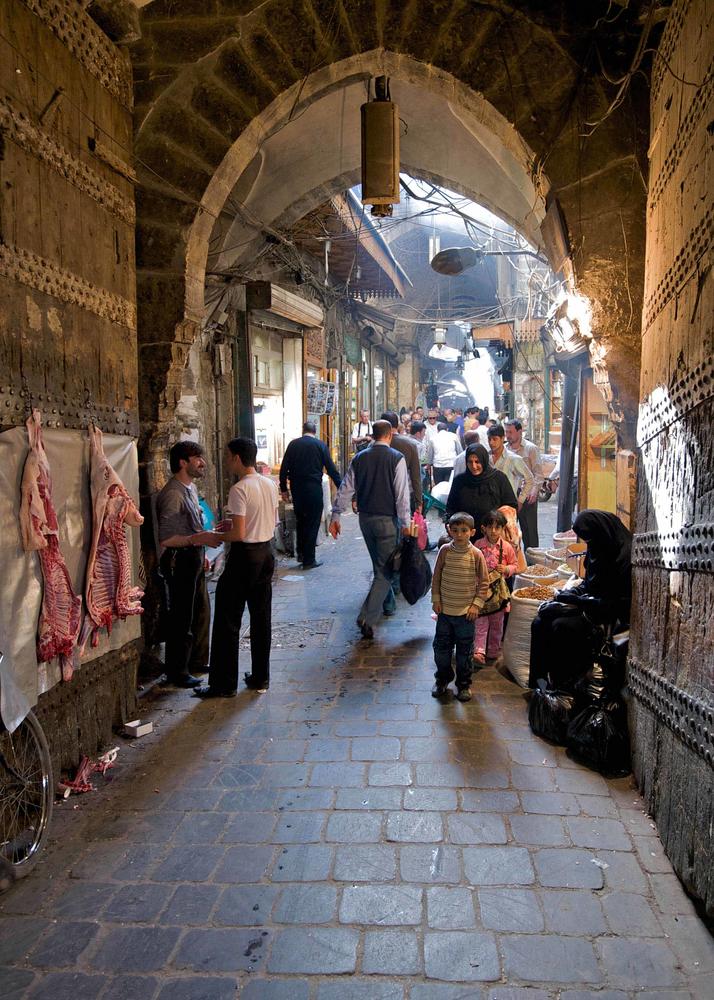
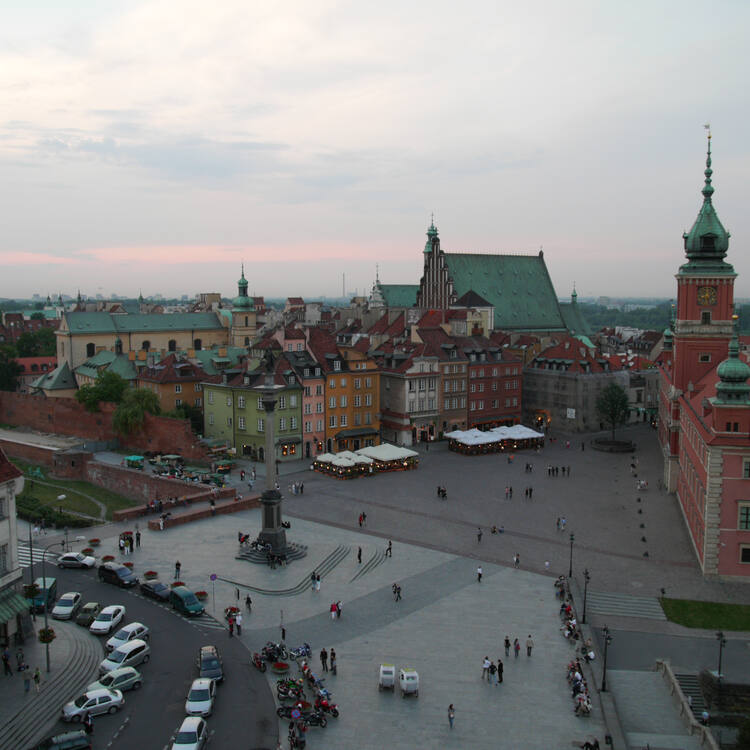



Comments